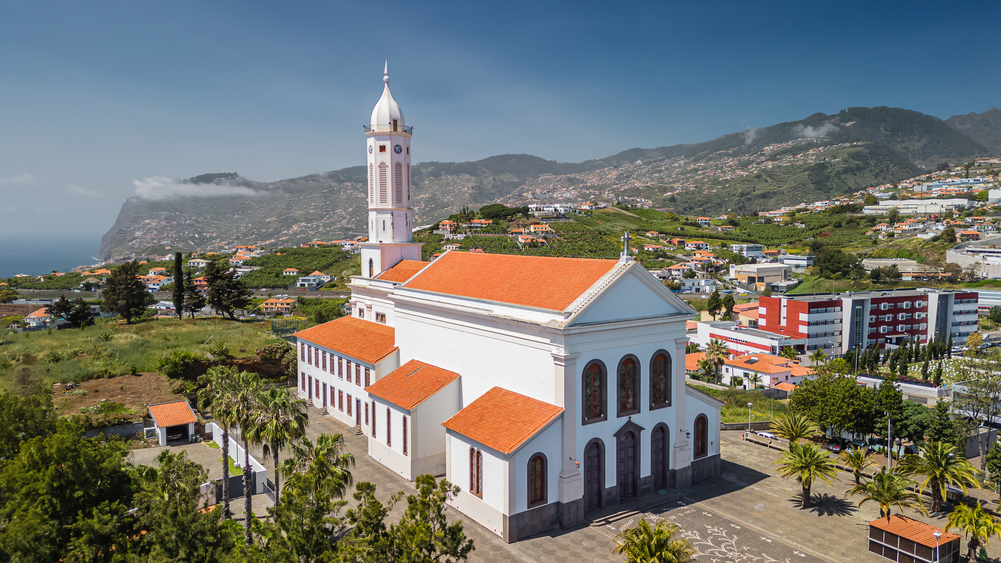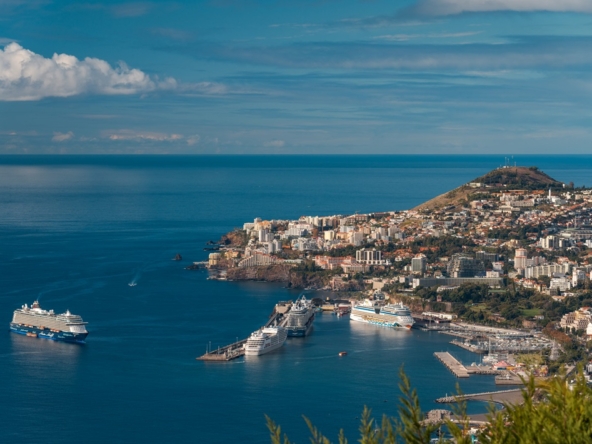Madeira Island, a paradise in the middle of the Atlantic, is famous for its stunning natural beauty, rich culture and unique traditions. And when it comes to celebrating Easter, this enchanting island doesn’t disappoint. From religious events to folklore rituals and games with family and friends, Easter on Madeira Island is a special experience full of history.
The religious meaning: A time for reflection and renewal
For Madeirans, Easter is much more than just chocolate eggs and cute bunnies. It’s a period of deep reflection and spiritual renewal. Most of the celebrations are rooted in the Catholic faith, with events beginning after Carnival (on Ash Wednesday, just after Shrovetide Tuesday) and culminating on Easter Sunday. This period between Ash Wednesday and Easter Sunday is called Lent.
Madeira Island’s churches play a central role in these celebrations. During Lent and with a special focus on Holy Week, the faithful take part in solemn processions, recreating Jesus Christ’s journey to his crucifixion and resurrection.
The narrow streets of towns and villages come alive with sacred music, while the faithful carry religious images in procession, creating a reverent and moving atmosphere.
The Tradition of Flower Carpets: An Expression of Devotion and Art
One of the most remarkable Easter traditions on Madeira Island is the elaboration of flower carpets, known as “muros” or “murinhos”, which adorn the streets in front of the churches. This unique practice combines artistic skill and religious devotion and the result is a stunning ephemeral work of art.
The flower carpets are meticulously created with colorful petals, leaves and other natural elements, forming intricate patterns and religious images. Local communities come together to work together, spending hours preparing and assembling these beautiful carpets that will be walked on by participants in the religious processions.
The Gastronomic Delights of Easter: A Feast for the Senses
As in many cultures around the world, Easter on Madeira Island is a time known for its delicious traditional delicacies. The island’s culinary heritage brings to the present day the tradition of not eating meat on Good Friday (the ancients didn’t eat meat throughout Lent), and of eating roast kid on Easter Sunday with the family, symbolizing Christ’s sacrifice.
At this time, Santana bread and yams are very popular and traditional delicacies.
Games for families and friends: the fun before Easter
- Balamento
Balamento is a game played between two people for a period of time before Easter Sunday (each pair agrees on which dates they play), where the first time you see the other person, you say “Balamento!”. It’s usually once a day, but you can play once before noon and once after noon, or if it’s a family game, the first time you see each other outside the house, etc. Each game is agreed upon before you start playing and, on the last day, you count up who has won the most times (you win each stage by being the first to say “Balamento!”) and there is an associated prize, also agreed upon in advance (e.g. a chocolate, an Easter egg, etc.).
- Espadinha (in some areas called “Bilhardeira”)
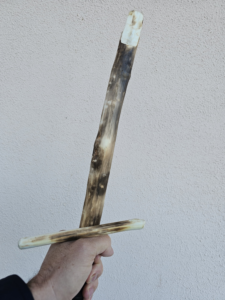
Espadinha is always played between two or more people, always in even numbers, and always between teams. It consists of throwing a small piece of stick, called a “catucho” or “couto”, with another larger and thicker stick, called a “espadinha”.
One team hits the catucho with the espadinha and the opposing team tries to catch it. If it catches, the thrower loses and the roles are reversed. If they don’t catch it, they pick it up off the ground and try to throw it with their hand at the person who hit them with the sword, trying to hit it as close as possible to a hole in the ground, called a “dimple” or “pocinha”. If they manage to hit this hole or get so close that it doesn’t exceed the size of the sword, they win and the roles are reversed. If it exceeds 1 measure of the sword, the player who played will throw again. Depending on how far the catucho is from the dimple (1, 2, 3, 4, 5, 6, 7, 8 or 9x the measure of the sword), they will have to hold the catucho depending on the measure obtained (e.g: 1 measure – the catucho is held in the middle with the index finger and thumb, and with the sword you throw it; 3 measures – the catucho is placed on the closed fist; if you give more than 9 measures of distance, the opposing team wins the match).
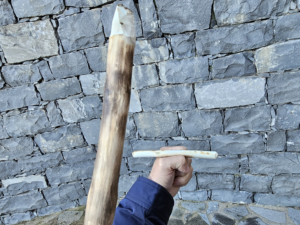
- Pião
A game played by two or more people, with several variations: spit, wheel, cross, etc.
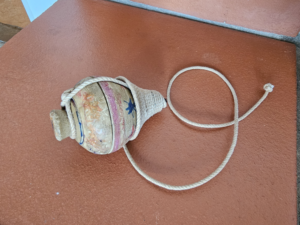
- Pebbles
A game played by two or more people, but it was usually the girls who played.
5 pebbles that they tried to turn over and over in their hands, trying their best not to let them fall to the ground. Then they would throw one in the air, while picking one up from the ground and having to get the one that was thrown in the air without letting it fall to the ground.
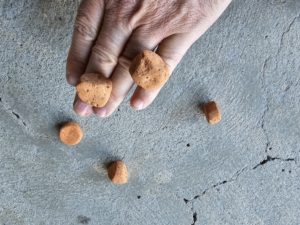
Conclusion: An unforgettable Easter on Madeira Island
Easter on Madeira Island is a truly special celebration that combines tradition, faith and joy in equal measure. From solemn religious events to fun traditions between families and friends, there is something for everyone at this time of year. As the streets are adorned with carpets of dazzling flowers and the aroma of traditional dishes fills the air, visitors are invited to immerse themselves in the rich culture of this enchanting destination.
If you plan to spend this season in Madeira, prepare to be welcomed with open arms by the warm hospitality of the Madeirans.


